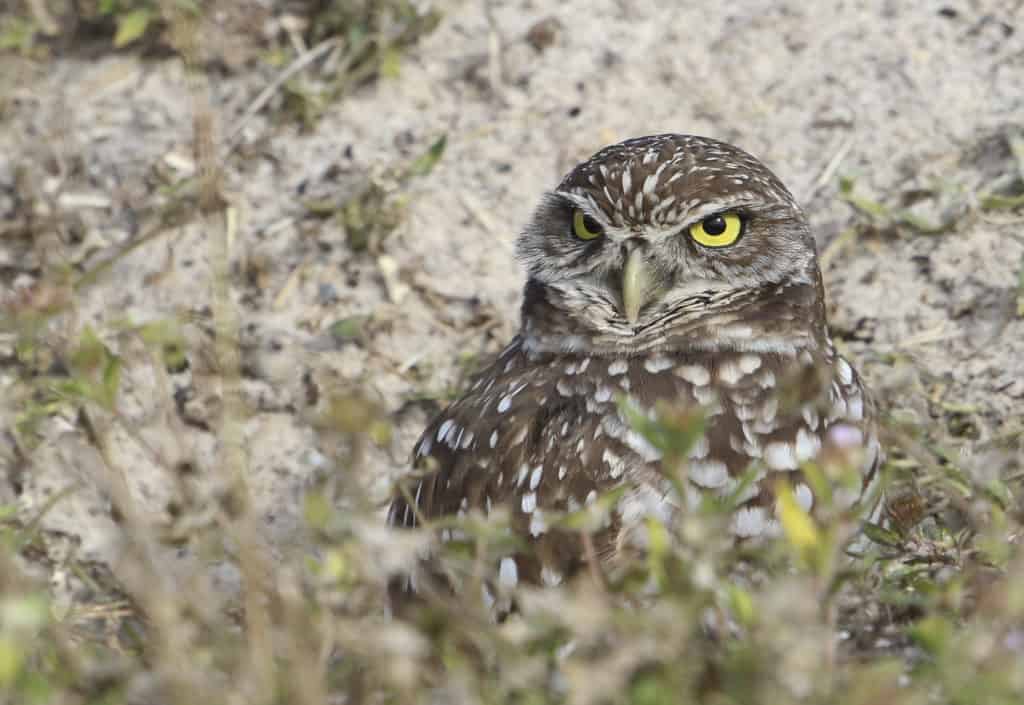Creature Feature

The Tangled Web of Animal Relationships
By Wayne Bierbaum
Like humans, many animals live in close and complicated relationships with other species. While these living arrangements are complex, they can be separated into three basic types.
When both species benefit from close contact, it’s known as mutualism. When one species clearly benefits but the other doesn’t, but also is not harmed, it is called commensalism. The third type is parasitism, when one animal clearly benefits from harming a host animal.
When I lived in Florida, there was a tree in my front yard called the bullhorn acacia. It had sharp thorns that look like a bull’s horn. I learned to stay away from that tree because red ants had made nests at the base of the horns. Each time the tree was brushed against, either the thorns stuck me or the ants would rush out to attack. That is a form of mutualism.
Also, while I lived in Florida, I had a saltwater aquarium that demonstrated an underwater relationship between species. I would go diving or seining to catch fish or animals to put in the aquarium. One aquarium visitor was an unusual hermit crab. This crab had a sea anemone stuck to its shell. As the crab got bigger and changed its shell, it would coax the anemone to move with it. The poisonous arms of the anemone protected the crab from fish and the anemone fed of the bits of food that drifted from the crab’s sloppy eating.
The best example of commensalism that I can think of is the relationship between gopher tortoises to the other animals that find shelter in their burrows. Over 300 different animals are known to live in the turtle burrows. Some live there almost exclusively. The Florida Wildlife Conservation Commission states that the survival from cold or fire of many of the commensal species requires active gopher turtle burrows. The burrows average 15 feet in length and have side chambers. Some of the species that take shelter in the burrows are indigo snakes, pine snakes, rattlesnakes, king snakes, gopher frogs, Florida mice, foxes, skunks, opossums, rabbits, quail, armadillos, burrowing owls, various lizards, other frogs, toads, and many, many invertebrates. Their housemates do not harm the tortoises. Since the tortoises can live to be 60 years old, they see a lot of turn over in their tenants. They are protected under state law and in some areas are federally protected.
Parasitism is the creepiest of the relationships. Animals attach themselves to other animals, suck their blood, or live in body organs like the intestine, usually causing great harm to the host. The parasite that I think about the most is the tick. There are other parasitic relationships, like brown-headed cowbirds that lay their eggs in other birds’ nests to force the nesting parent to raise a cowbird. Meanwhile, the young cowbird pushes out the other eggs and babies. The cowbird almost caused the extinction of the Kirtland’s warbler.
Animals have complex relationships with their environment including plants and other animals. Losing any one of those connections can cause a chain reaction of loss.
